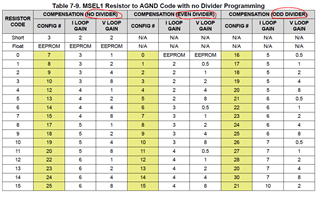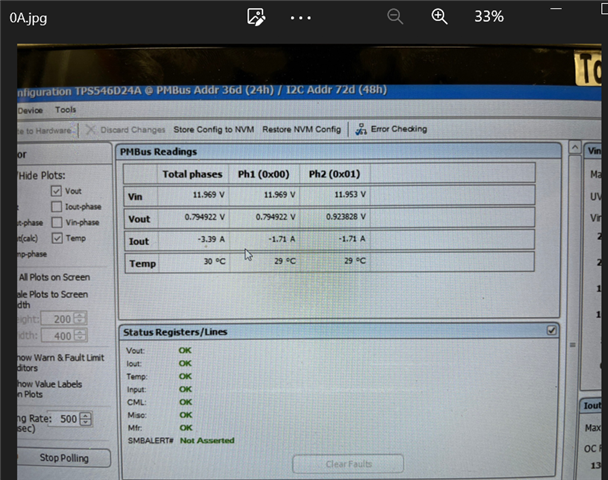Other Parts Discussed in Thread: TPS546D24
Hi team,
I see a lot of setting is based on resistor code,
but in the datasheet it doesn't mentioned how to choose divided resistor according to each code.
for example what is 0 mean in resistor code?
would you show me ?








